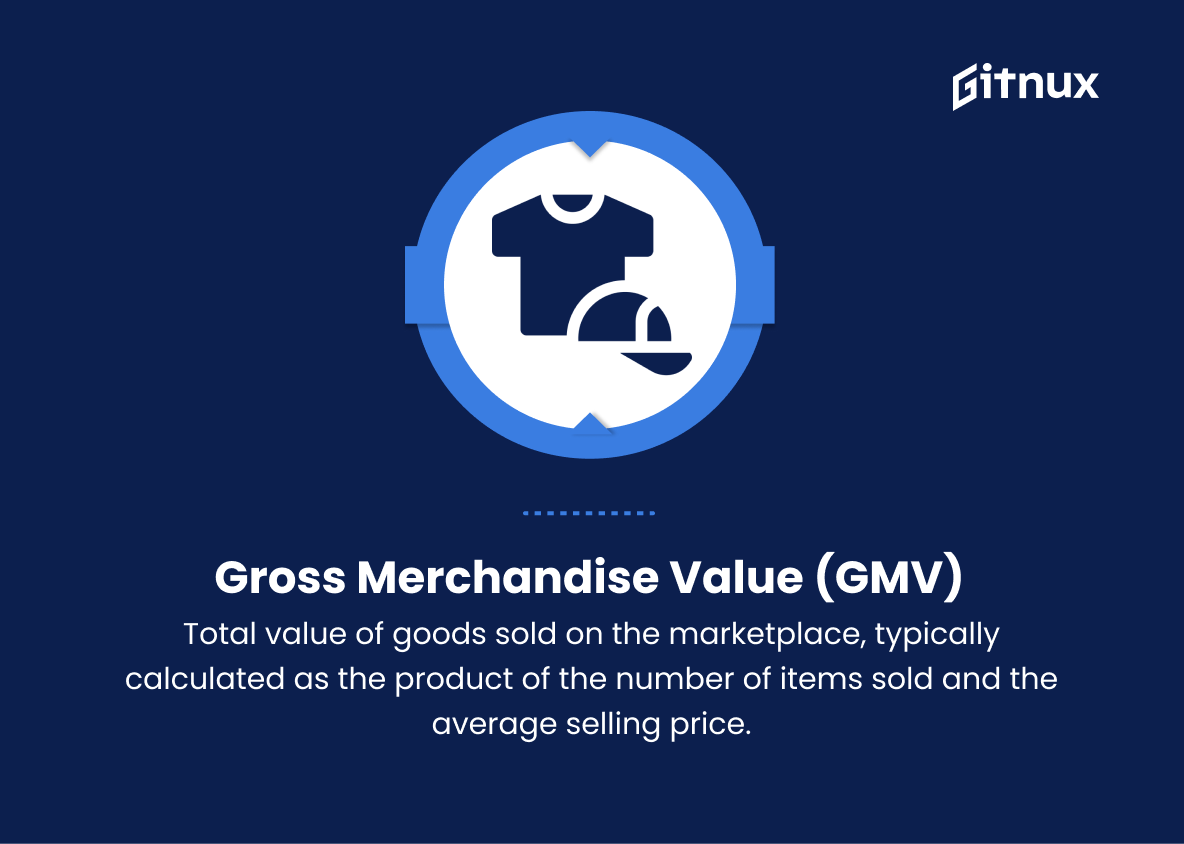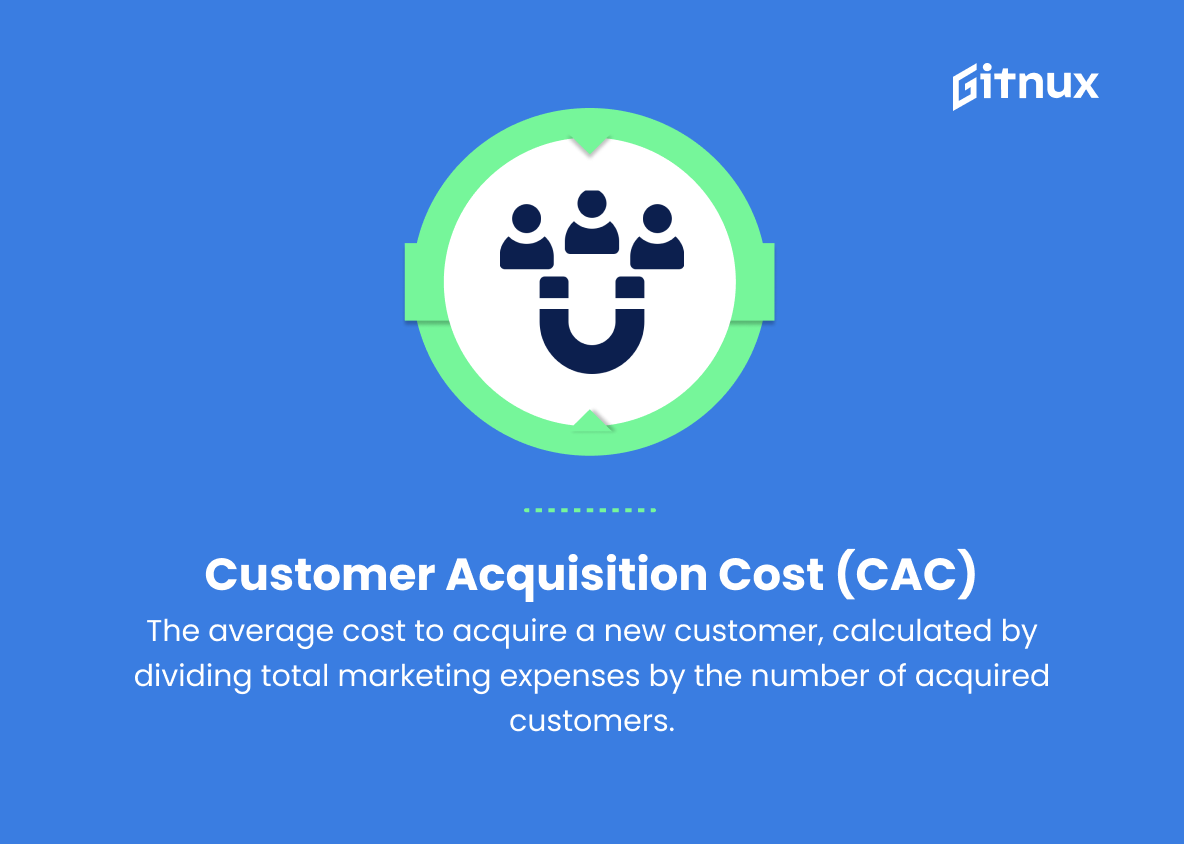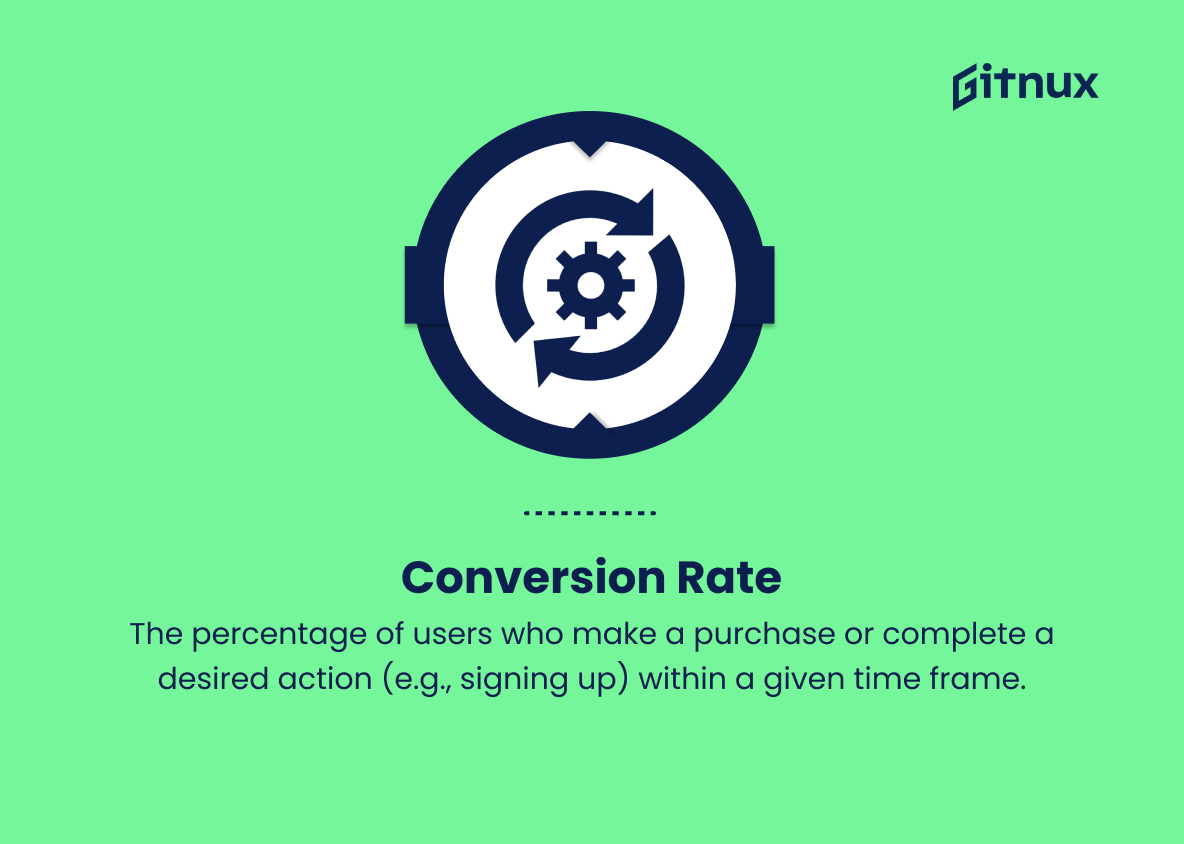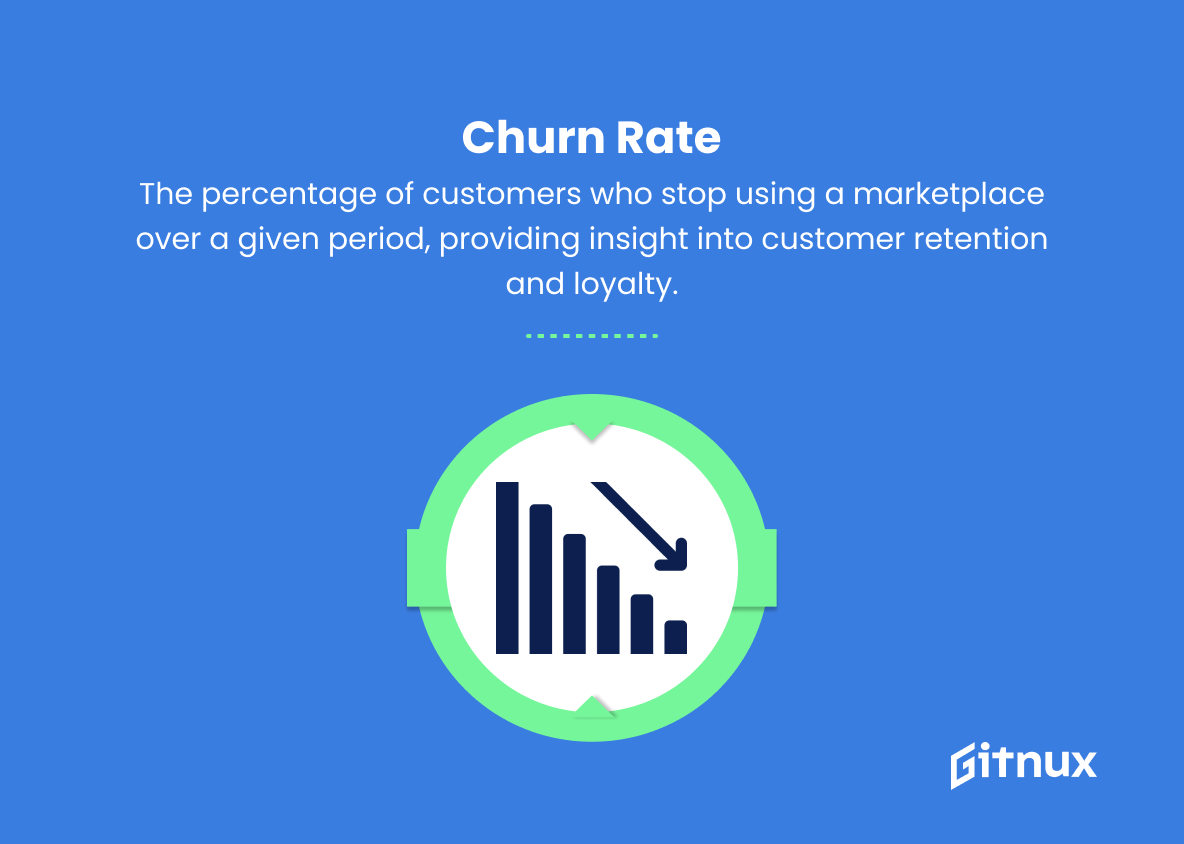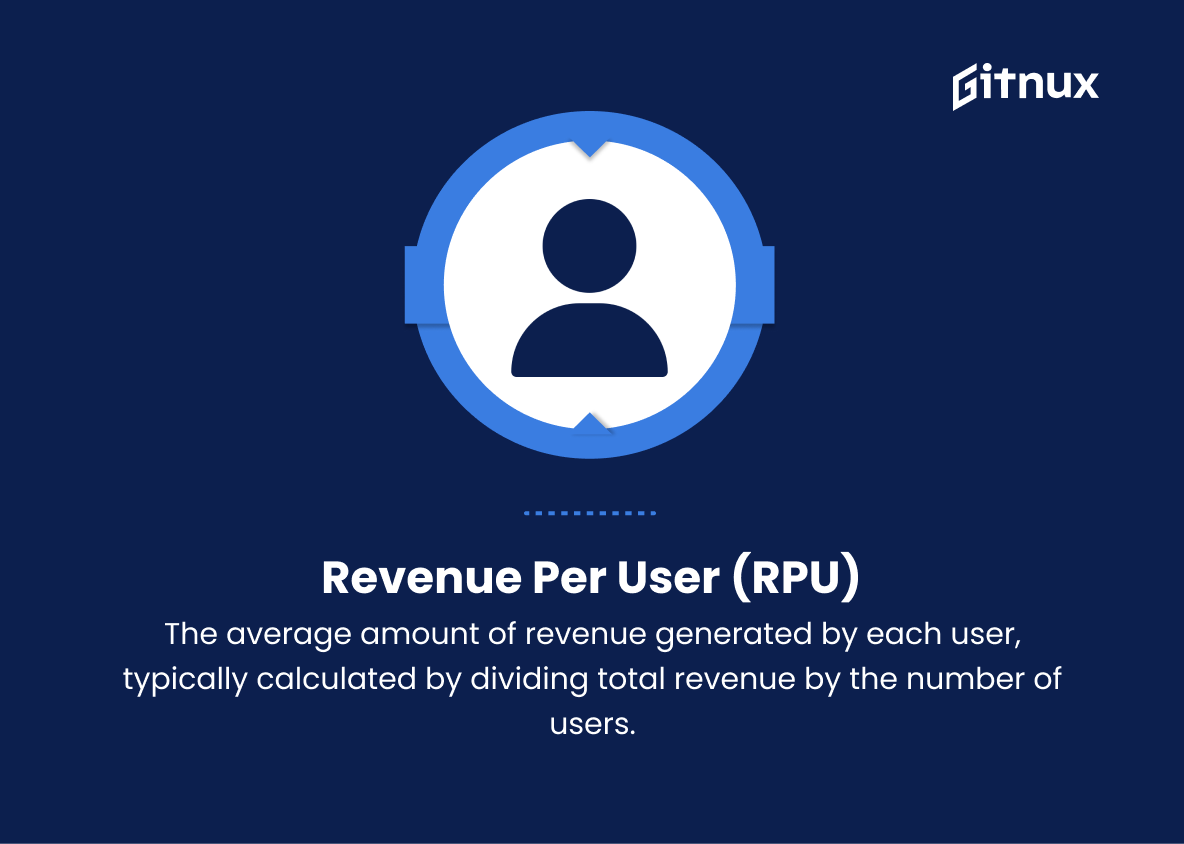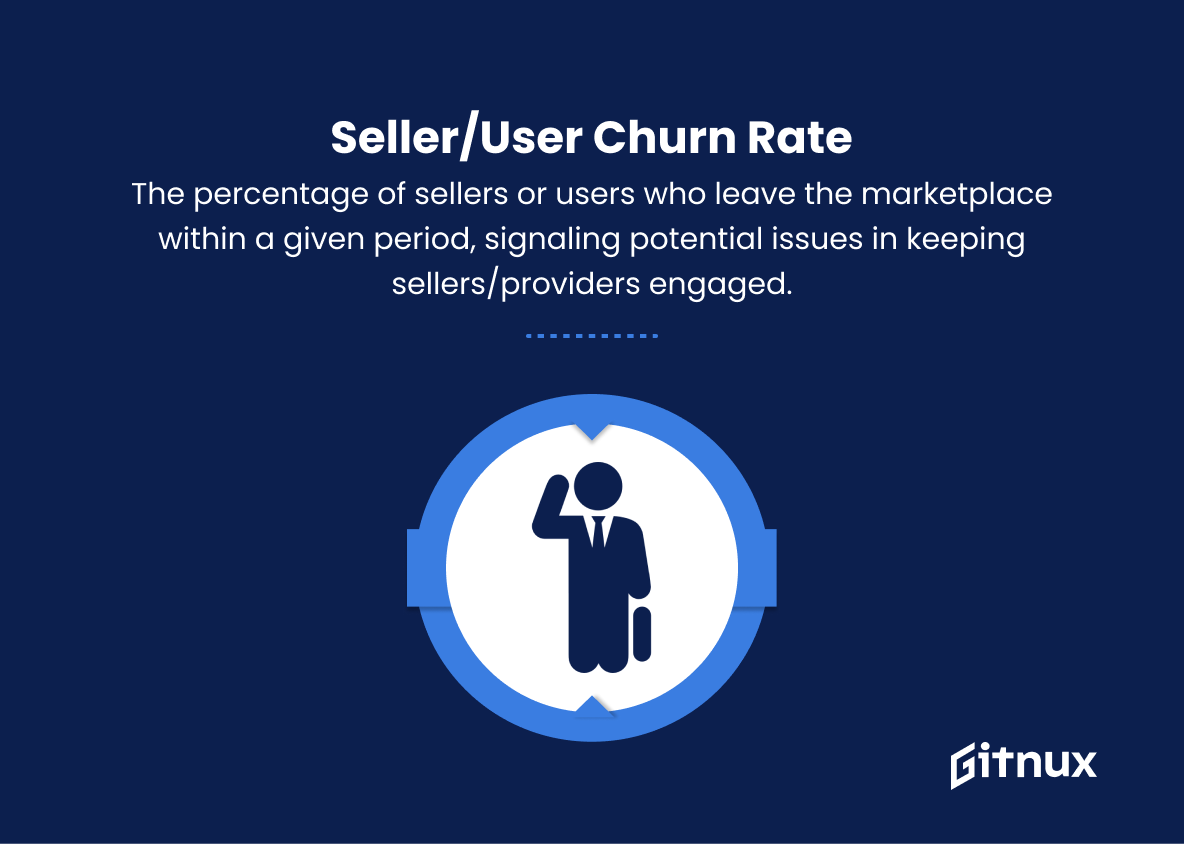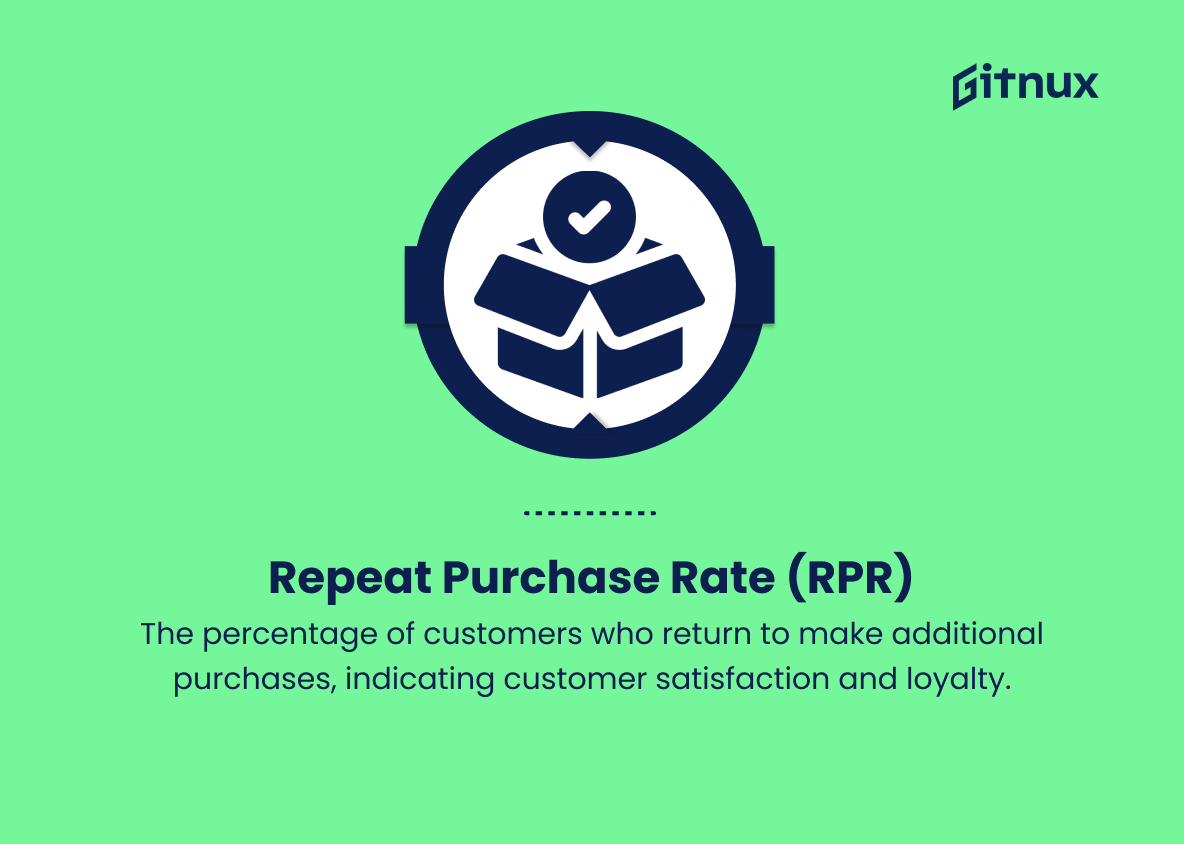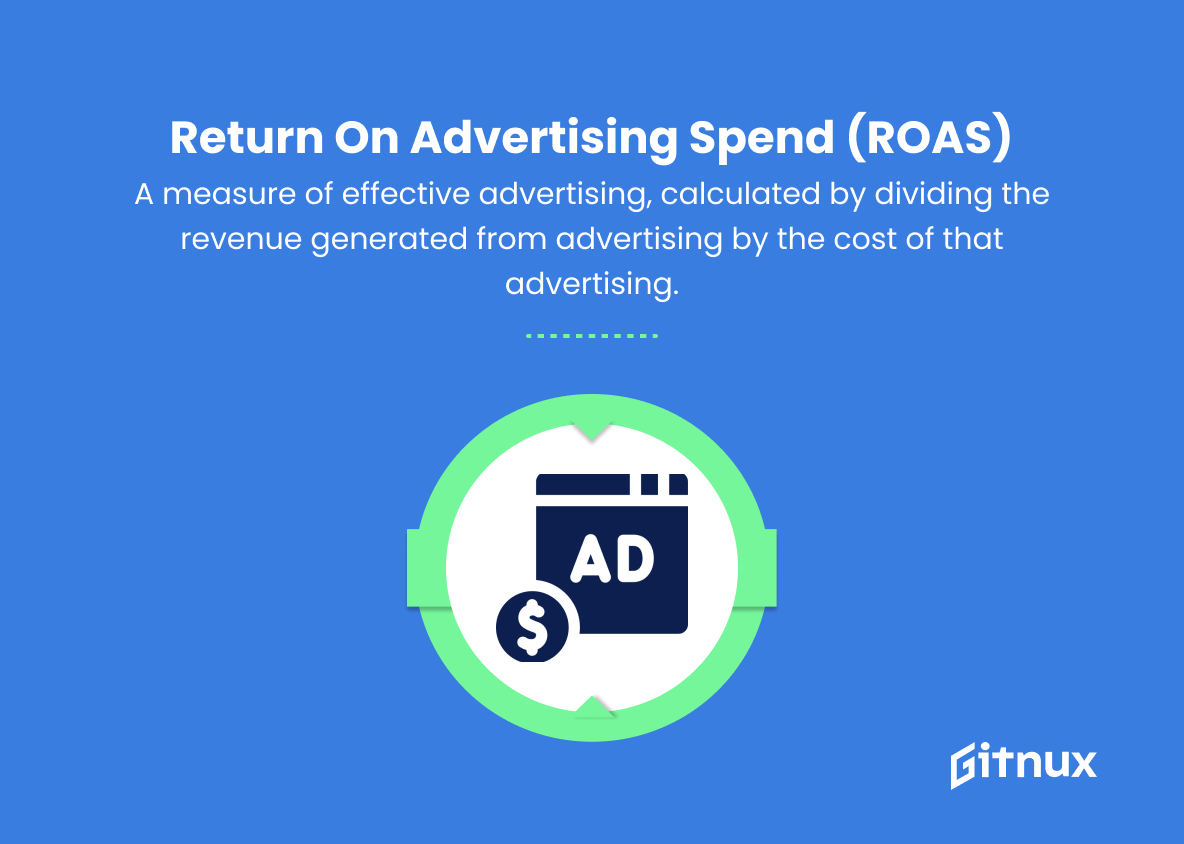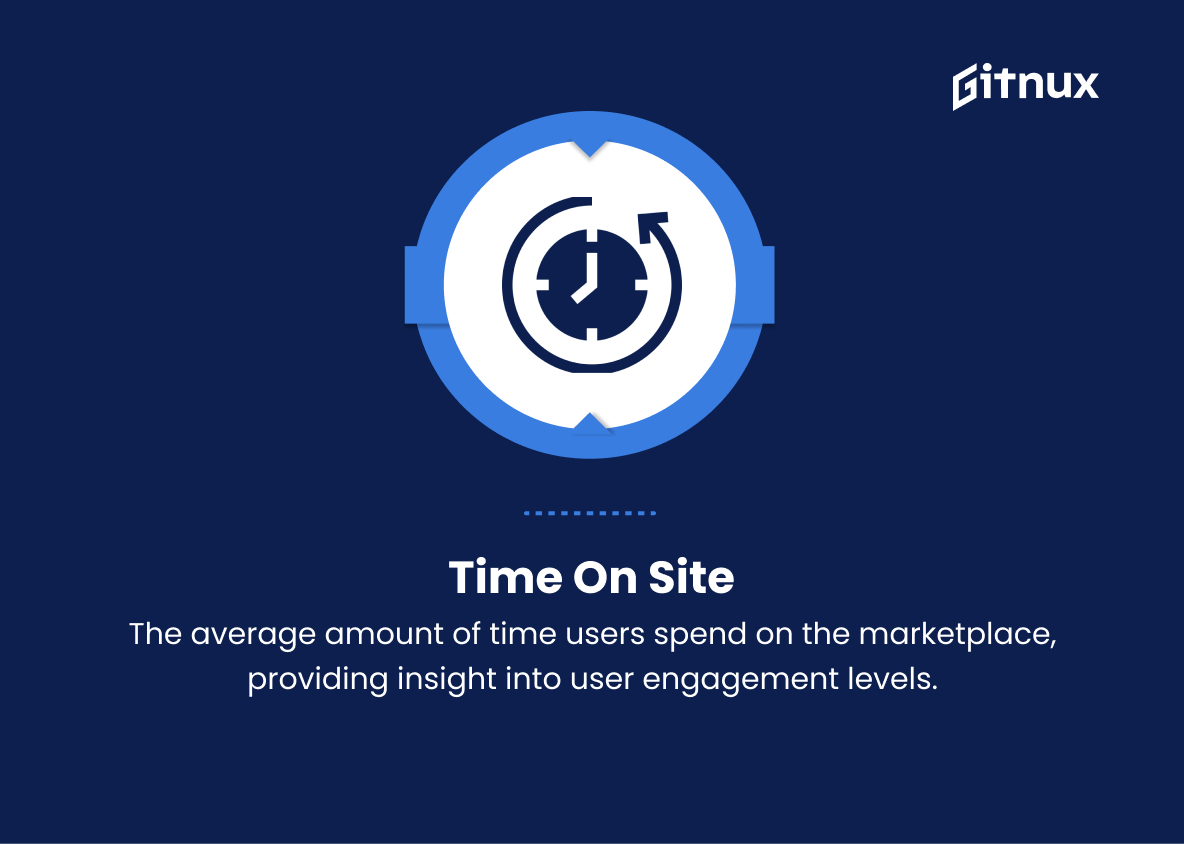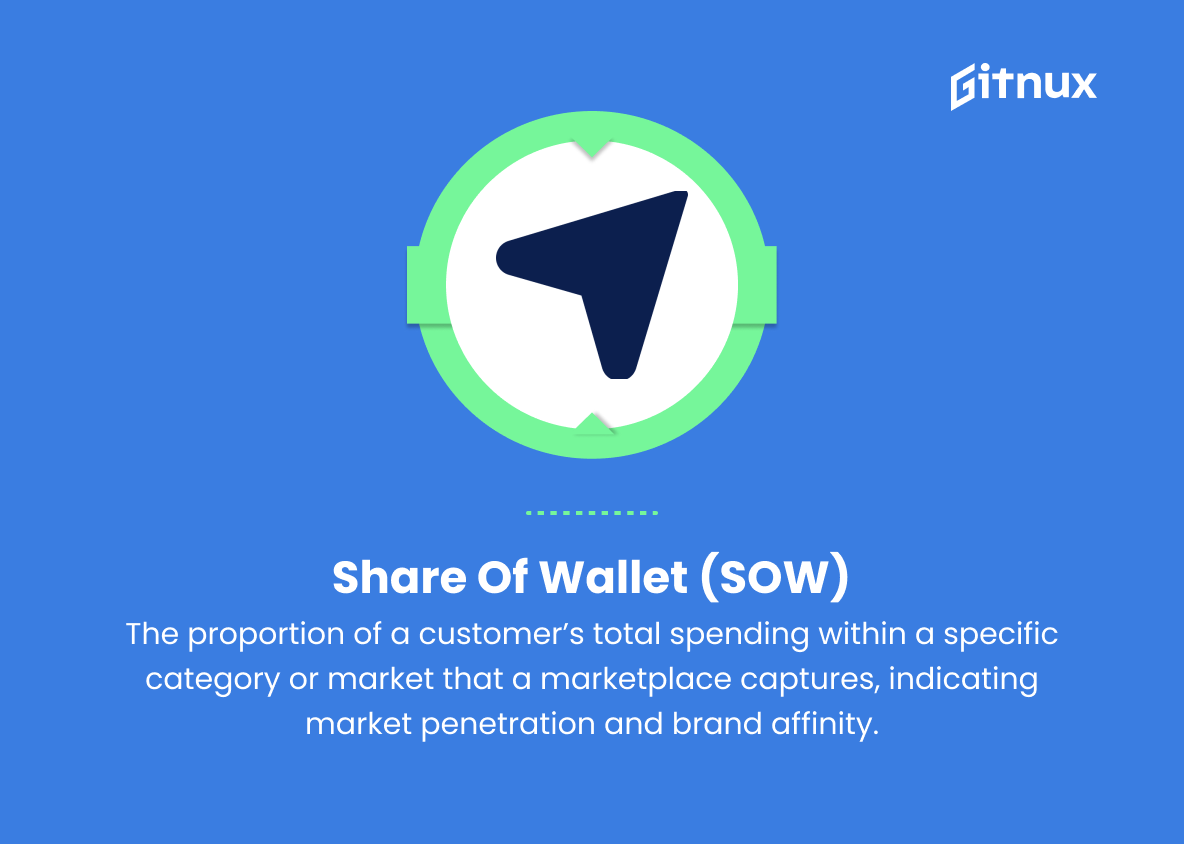In today’s rapidly evolving business landscape, comprehending and leveraging key marketplace metrics has become an essential facet of sustaining growth and success.
In this insightful blog post, we will delve deep into the world of marketplace metrics, exploring vital data points, emerging trends, and practical tools to help you stay ahead of the game. Whether you’re an entrepreneur, marketing strategist or a curious-minded individual, join us as we embark on a comprehensive journey to decode the art and science of maximizing performance in the competitive world of commerce.
Marketplace Metrics You Should Know
1. Gross Merchandise Value (GMV)
Total value of goods sold on the marketplace, typically calculated as the product of the number of items sold and the average selling price.
2. Monthly Active Users (MAU)
The number of unique users who visit a marketplace within a given month, providing insight into the size and engagement of the user base.
3. Customer Acquisition Cost (CAC)
The average cost to acquire a new customer, calculated by dividing total marketing expenses by the number of acquired customers.
4. Customer Lifetime Value (CLTV)
The projected revenue a marketplace expects to generate from a single customer over their lifetime.
5. Conversion Rate
The percentage of users who make a purchase or complete a desired action (e.g., signing up) within a given time frame.
6. Churn Rate
The percentage of customers who stop using a marketplace over a given period, providing insight into customer retention and loyalty.
7. Revenue Per User (RPU)
The average amount of revenue generated by each user, typically calculated by dividing total revenue by the number of users.
8. Average Order Value (AOV)
The average value of a transaction in the marketplace, calculated by dividing total revenue by the number of orders.
9. Marketplace Take Rate
The percentage of GMV that the marketplace earns as revenue, typically consisting of fees or commissions.
10. Seller/User Churn Rate
The percentage of sellers or users who leave the marketplace within a given period, signaling potential issues in keeping sellers/providers engaged.
11. Repeat Purchase Rate (RPR)
The percentage of customers who return to make additional purchases, indicating customer satisfaction and loyalty.
12. Return On Advertising Spend (ROAS)
A measure of effective advertising, calculated by dividing the revenue generated from advertising by the cost of that advertising.
13. Time On Site
The average amount of time users spend on the marketplace, providing insight into user engagement levels.
14. Bounce Rate
The percentage of visitors who leave a marketplace website after viewing only one page, indicating potential issues with website design, user experience, or content quality.
15. Share of Wallet (SOW)
The proportion of a customer’s total spending within a specific category or market that a marketplace captures, indicating market penetration and brand affinity.
16. Net Promoter Score (NPS)
A customer satisfaction metric that measures the likelihood of a customer recommending a marketplace to others, providing insight into brand reputation and customer loyalty.
17. Seller/User Acquisition Cost (SAC)
The average cost to acquire a new seller or service provider on the marketplace, calculated by dividing total seller recruitment expenses by the number of new sellers/providers acquired.
18. Supply-Demand Ratio
The ratio of available supply (e.g., sellers or listings) to demand (e.g., buyers or orders) in the marketplace; it provides insights into market balance and potential areas for growth or expansion.
19. Listing Quality Score
A measure of the overall quality of the listings on a marketplace, based on factors such as product images, descriptions, and seller ratings. Higher scores typically lead to better user experiences and higher conversion rates.
20. Category Penetration
The percentage of product or service categories offered in a marketplace compared to the total categories available in a particular industry or market segment. This gives an idea of the breadth and variety of offerings on the platform.
Marketplace Metrics Explained
Gross Merchandise Value (GMV) is a critical metric for evaluating the total value of goods sold on a marketplace, providing insight into its overall size and performance. This metric, alongside Monthly Active Users (MAU) and Customer Acquisition Cost (CAC), helps assess the marketplace’s user base engagement and the efficiency of its marketing efforts. Additionally, Customer Lifetime Value (CLTV) measures the expected revenue generated throughout a customer’s lifetime, demonstrating long-term profitability potential. Conversion Rate, Churn Rate, and Revenue Per User (RPU) provide valuable data on customer behavior, retention, and revenue generation, while metrics like Average Order Value (AOV), Marketplace Take Rate, and Seller/User Churn Rate highlight the platform’s operational efficiency and seller engagement levels.
Monitoring Repeat Purchase Rate (RPR) and Return On Advertising Spend (ROAS) help gauge customer satisfaction and the effectiveness of advertising campaigns, leading to informed marketing decisions. User engagement is further analyzed through Time On Site, Bounce Rate, and Listing Quality Score, which unveil areas of improvement for website design and content quality. Share of Wallet (SOW) and Category Penetration reflect a marketplace’s competitiveness, brand affinity, and variety of offerings, while Net Promoter Score (NPS) highlights customer loyalty and brand reputation.
Measuring Seller/User Acquisition Cost (SAC) and Supply-Demand Ratio allows for better understanding of seller recruitment processes, detecting growth opportunities and potential imbalances in the market. Overall, a comprehensive approach to tracking these essential marketplace metrics ensures effective strategic decision-making and continuous optimization for long-term success.
Conclusion
In conclusion, marketplace metrics play an essential role in measuring the performance, growth, and overall success of an online marketplace business. Tracking these metrics allows businesses to make informed decisions, adapt to changing customer demands, and maintain a competitive advantage.
As the digital landscape continues to evolve, keeping a close eye on key marketplace metrics such as Gross Merchandise Value, Customer Acquisition Cost, Customer Lifetime Value, and Take Rate will enable businesses to effectively optimize their strategies and ultimately achieve long-lasting success in the realm of online marketplaces.
Don’t underestimate the power of numbers – they provide invaluable insights that lead to tangible progress and a prosperous future for your marketplace business.
